Geopolitical Tensions
Geopolitical tensions and regional conflicts are significant drivers of the Global Anti-Tank Missile Industry. Ongoing disputes and military confrontations in regions such as Eastern Europe and the Middle East have heightened the need for effective anti-tank capabilities. Nations are investing in advanced missile systems to deter potential aggressors and ensure national security. For example, the conflict dynamics in Ukraine have prompted increased procurement of anti-tank missiles by various countries. This trend suggests that the Global Anti-Tank Missile Industry will continue to expand as nations respond to evolving security challenges.
Technological Advancements
Technological innovations play a pivotal role in shaping the Global Anti-Tank Missile Industry. The development of advanced missile systems featuring improved guidance, precision targeting, and enhanced lethality is attracting attention from military forces worldwide. Innovations such as fire-and-forget technology and top-attack capabilities are becoming increasingly prevalent. These advancements not only improve operational effectiveness but also align with the strategic objectives of various nations. As a result, the Global Anti-Tank Missile Industry is likely to witness a surge in demand, particularly as countries seek to integrate these sophisticated systems into their defense strategies.
Market Trends and Projections
The Global Anti-Tank Missile Industry is projected to experience notable growth, with estimates indicating a market value of 0.02 USD Billion by 2035. This growth trajectory reflects the increasing importance of anti-tank capabilities in modern warfare. The anticipated CAGR of 4.1% from 2025 to 2035 underscores the sustained demand for advanced missile systems. Factors such as technological advancements, geopolitical tensions, and military modernization efforts are expected to contribute to this upward trend. As nations continue to invest in their defense sectors, the Global Anti-Tank Missile Industry is poised for expansion.
Increasing Military Expenditure
The Global Anti-Tank Missile Industry is experiencing growth due to rising military expenditures across various nations. Countries are prioritizing defense budgets to enhance their military capabilities, particularly in response to evolving threats. For instance, nations like the United States and India have significantly increased their defense spending, which is projected to reach 0.01 USD Billion in 2024. This trend indicates a commitment to modernizing military arsenals, including anti-tank missile systems, thereby driving demand in the Global Anti-Tank Missile Industry.
Increased Focus on Asymmetric Warfare
The Global Anti-Tank Missile Industry is influenced by the growing emphasis on asymmetric warfare strategies. As military conflicts evolve, conventional forces are increasingly facing non-state actors and guerrilla tactics. Anti-tank missiles provide a critical advantage in such scenarios, allowing smaller forces to effectively counter larger armored units. This shift in warfare dynamics is prompting military planners to prioritize the acquisition of advanced anti-tank systems. Consequently, the Global Anti-Tank Missile Industry is likely to benefit from this strategic focus, as nations adapt their military doctrines to address contemporary threats.
Growing Demand from Emerging Economies
Emerging economies are increasingly recognizing the importance of robust defense capabilities, contributing to the growth of the Global Anti-Tank Missile Industry. Countries in Asia and Africa are investing in military modernization programs, which include the acquisition of anti-tank missile systems. The projected compound annual growth rate (CAGR) of 4.1% from 2025 to 2035 indicates a sustained interest in enhancing military capabilities. As these nations seek to bolster their defense infrastructure, the demand for advanced anti-tank missiles is expected to rise, further propelling the Global Anti-Tank Missile Industry.
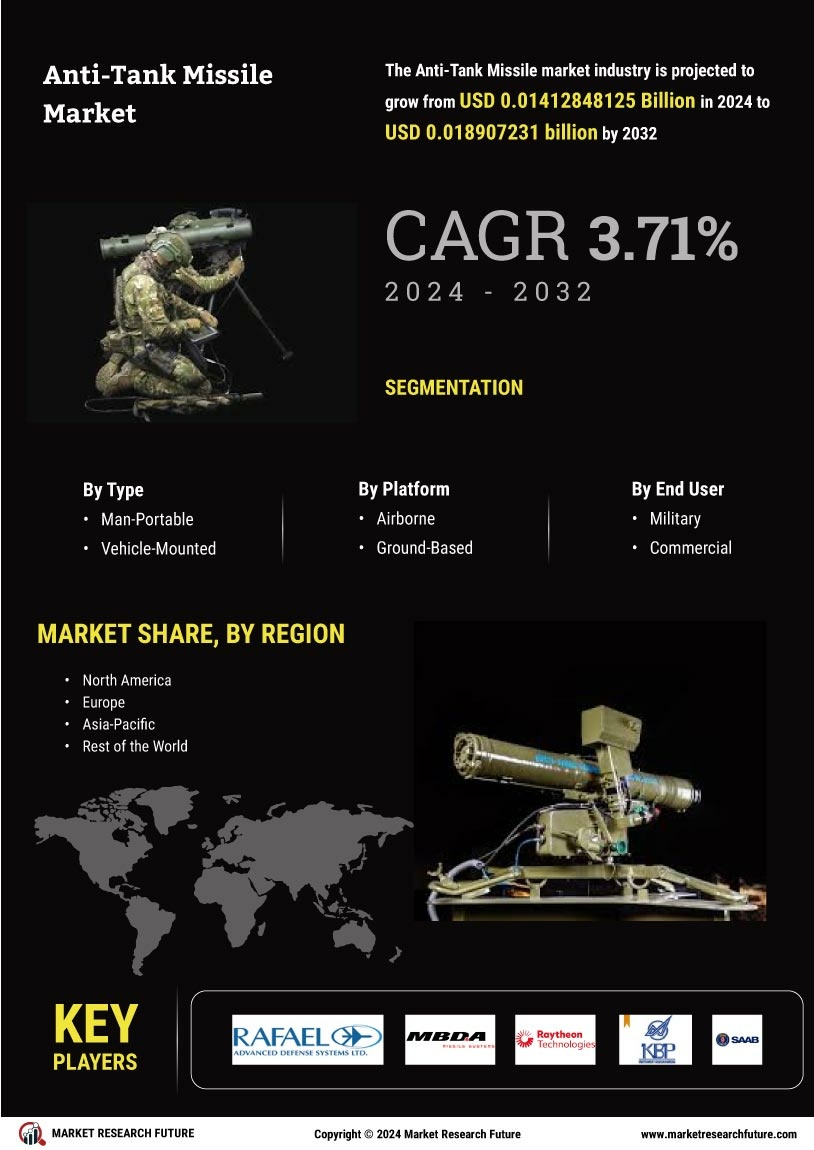

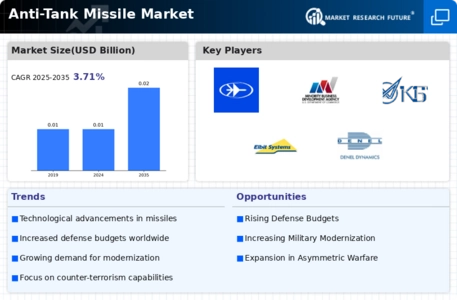
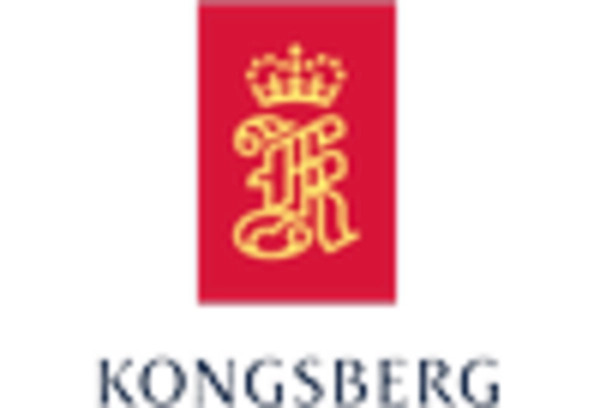
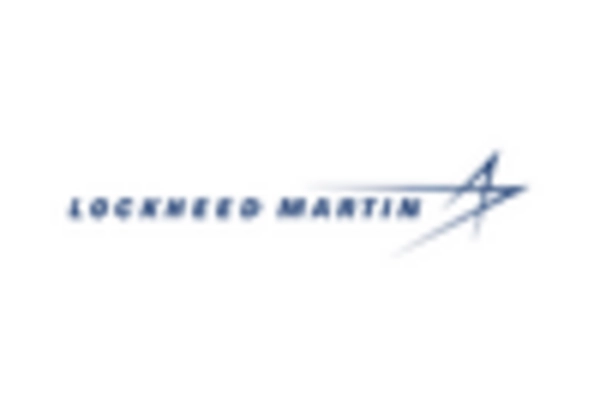
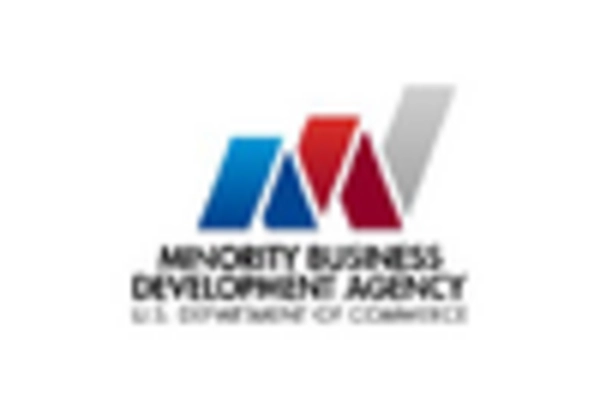
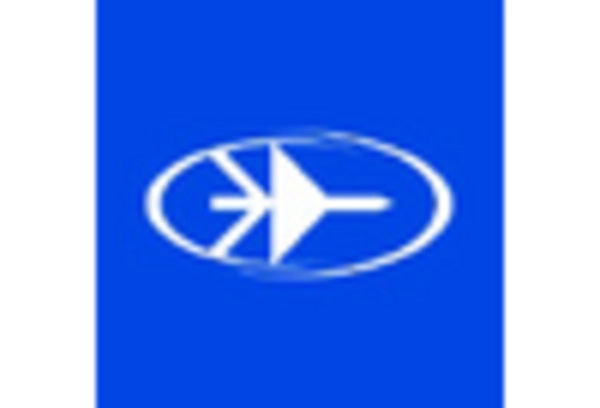
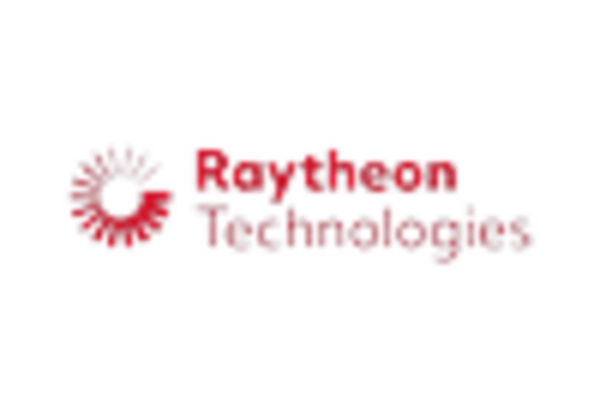
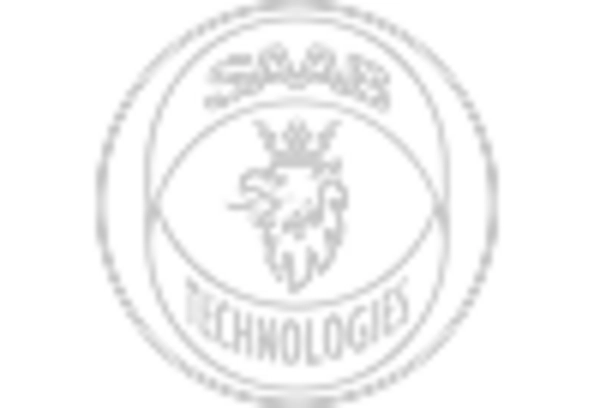








Leave a Comment